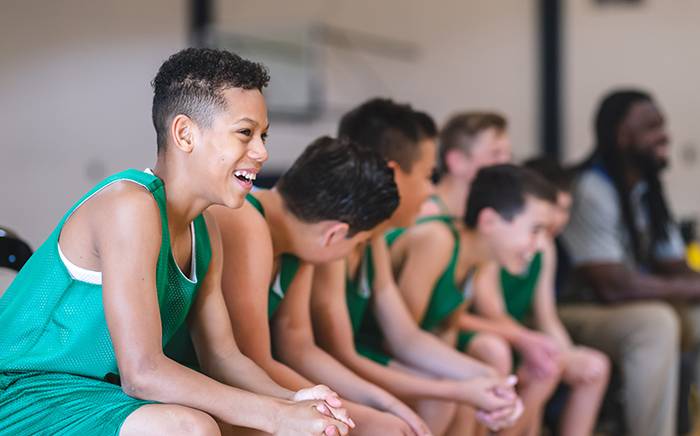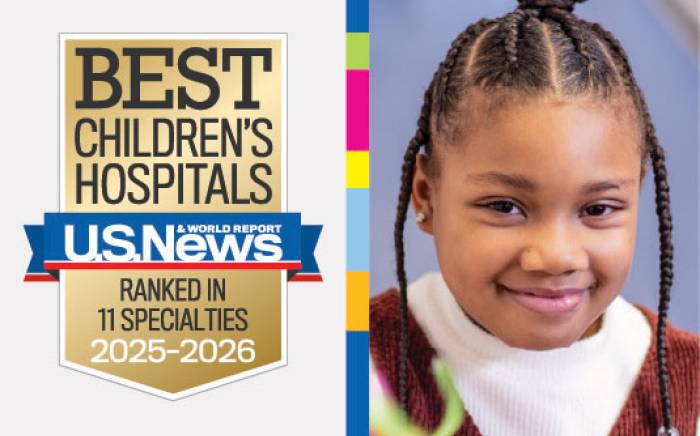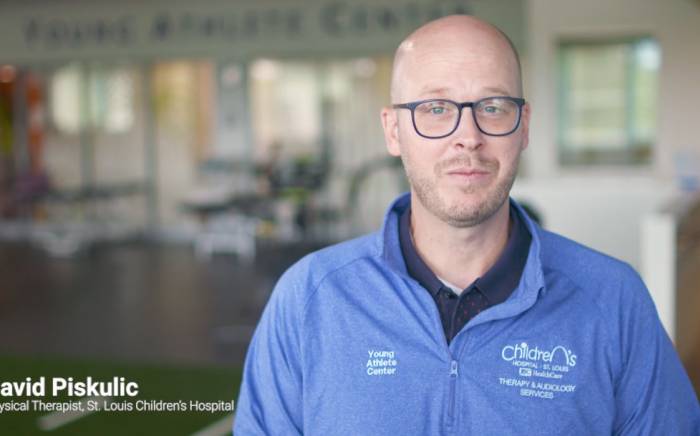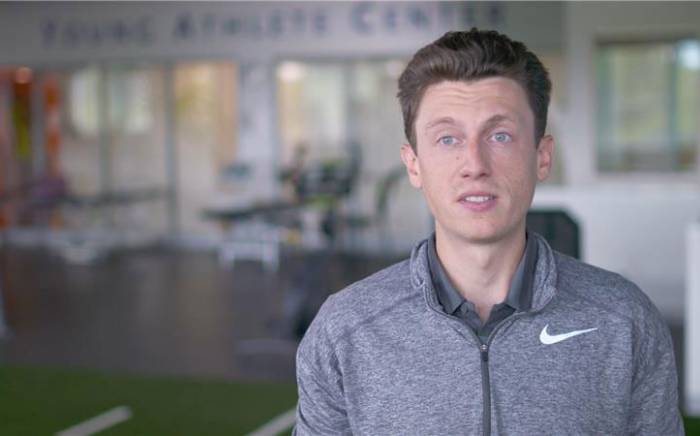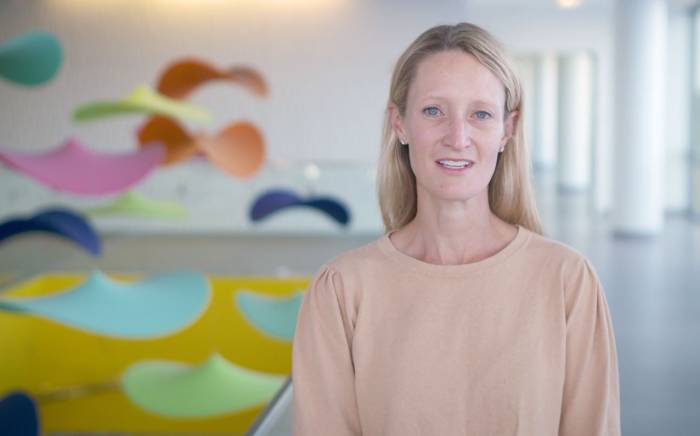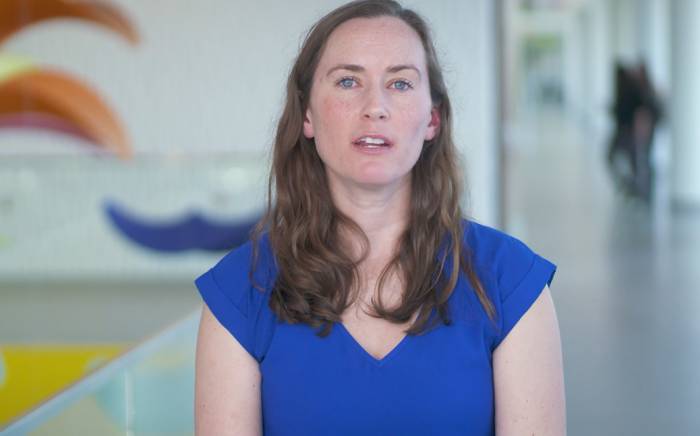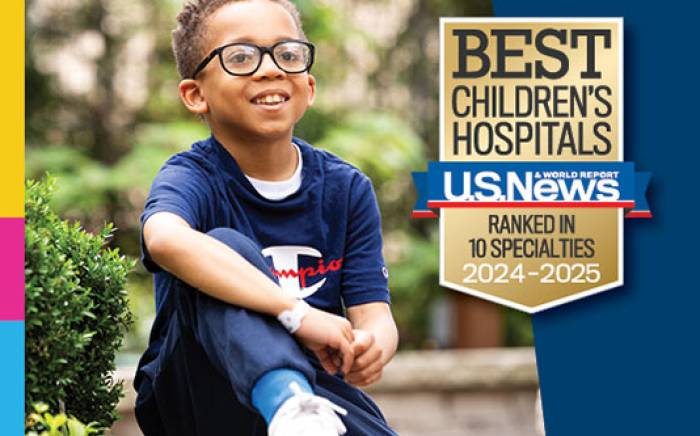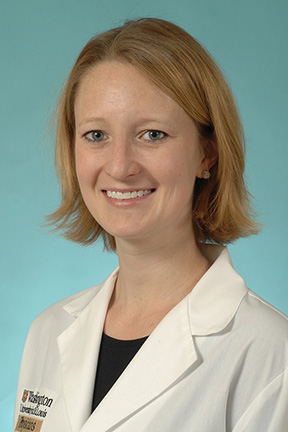 In medical school, Lindley Wall, MD, a Washington University orthopedic surgeon at St. Louis Children’s Hospital, was fascinated by the details and biomechanics of the hand. Curiosity and science are in her DNA. Both her parents were college professors at University of Missouri-Columbia—her mother is a biochemist. For Dr. Wall, becoming an orthopedic surgeon specializing in pediatric upper extremities was a natural pathway.
In medical school, Lindley Wall, MD, a Washington University orthopedic surgeon at St. Louis Children’s Hospital, was fascinated by the details and biomechanics of the hand. Curiosity and science are in her DNA. Both her parents were college professors at University of Missouri-Columbia—her mother is a biochemist. For Dr. Wall, becoming an orthopedic surgeon specializing in pediatric upper extremities was a natural pathway.
After graduating from Washington University School of Medicine, Dr. Wall stayed to complete her orthopedic surgery residency. She subsequently completed a hand surgery fellowship in Cincinnati, as well as a pediatric upper extremity surgery fellowship at Texas Scottish Rite Hospital in Dallas, focusing on congenital upper extremity conditions.
After her two fellowships, she was thrilled to come back to the Washington University Department of Orthopedics team. “Everyone in the department operates at a high level not found many places,” Dr. Wall says. “Excellence is just what’s expected. My colleagues are world-renowned surgeons and good people.”
She was drawn to surgery because it allows her to make a direct impact. “Changing someone’s life in the present is important to me,” she says. “I like to help patients get back to their lives, improve their function and help them live better. Being able to do that with kids is especially gratifying. Kids are so optimistic and just want to play and feel normal.”
Most of Dr. Wall’s practice in hand and upper extremities focuses on children. Working with children requires a careful understanding of growth plates, knowing what injuries to follow long-term, and knowing what needs surgery and which does not.
“Our goal is to ensure kids grow well, no matter what issue they face,” Dr. Wall says.
Treating upper extremities presents unique challenges. “There is a cosmetic component that gives upper extremities another dimension,” Dr. Wall says. “Hands and faces are what we present to the world and hands are important in social interactions. Hands are also critical in fine motor tasks.”
She treats a wide variety of issues in children from nerve injury to garden-variety broken bones, congenital anomalies, and spasticity. “Hands are more than bones—they include tendons, nerves, blood vessels,” she says. “We care for the entire limb and take a comprehensive perspective and approach to upper limbs.”
Making Lives Easier Through Improved Function
One of Dr. Wall’s primary focuses is the shoulder in birth brachial plexus injuries. In this condition, the shoulder can develop contractures and deformities at the joint. Dr. Wall performs tendon transfers, releases, and osteotomies to improve shoulder function as the child grows.
She applies the same principles to children who are quadriplegic and wheelchair bound. “Their shoulders can be so tight that it’s difficult for parents to get their kids dressed,” she says. “I can help make their lives easier by repositioning the child’s arms.”
In addition, Dr. Wall treats children with cerebral palsy who have increased tone in their upper limbs. She treats the contractures and performs tendon transfers as she repositions the arm for better function.
She notes that surgery is not always the answer for every patient with upper extremity issues. That’s why she takes time to talk with parents of patients referred to her. “We start with a conversation and I help them understand their child’s condition and limitations, share knowledge, and explain what I can do to help,” she says. “Not all kids need surgery.”
As a mom of two toddlers, Dr. Wall has a deep understanding of parents’ concerns. “Having knowledge is comforting to parents and I can be a resource for them and for their child’s physicians.”
Pioneering New Techniques for Better Results
Another area of Dr. Wall’s expertise is treating congenital anomalies, such as syndactyly, a birth defect where fingers aren’t separated.
Dr. Wall works closely with Charles Goldfarb, MD, who is the Washington University chief of Pediatric and Adolescent Surgery and co-chief of the Hand and Microsurgery Service.
“Dr. Goldfarb and I work together to provide the most advanced and high-level care for patients with congenital hand anomalies,” she says. “We have many years of experience treating congenital malformations and continuously seek to improve our care through our clinical research.”
In the past, surgeries to separate fingers required taking skin grafts from other areas of the body. Dr. Goldfarb and Dr. Wall are some of the first to use a skin substitute material for these separations in place of a traditional skin graft.
“We’ve been happy with the results and we rarely use grafts now,” Dr. Wall says. “By using this material, patients require less time under anesthesia and have fewer scars. We’re hoping that our positive results can change the approach to this condition to better treat kids.”
Another condition called arthrogryposis causes contractures, limited muscle development in the hands and difficulty with hand grasp. Dr. Wall and Dr. Goldfarb were early publishers on the use of osteotomies to rotate the arm so the child is able to have a palm to palm grasp. “This is a logical approach to treatment and kids really benefit,” Dr. Wall says.
The Benefits of a Comprehensive Orthopedic Subspecialists Team
St. Louis Children’s Hospital offer numerous subspecialists in orthopedic surgery. “We can care for the entire child from arms and shoulders to hips and knees,” Dr. Wall says. “Our patients have full access to the entire team no matter what pathology or condition a child has. We’re all driven to do what’s best for the patients to optimize function and get the best results for families and patients. In every subspecialty, everyone wants to do all they can to care for kids and do the research needed to improve that care.”
Sharing Expertise Around the World
Dr. Wall shares her expertise around the world through medical mission trips. She took her first trip as a college student and has continued ever since. In June, she traveled to Barbados with the World Pediatric Project to evaluate patients with birth brachial plexus issues and congenital anomalies. She evaluated 30 children; four will need surgery, which she will complete on her next medical mission trip in September. This time she will travel with her colleague Eric Gordon, MD, a Washington University pediatric orthopedic surgeon who specializes in lower extremities. Ultimately, she plans to embark on medical mission trips every 12 to 18 months.
“These trips are one of the reasons I do what I do,” she says. “Having the skills that allow me to help these children and improve their lives is one of the most humbling, fulfilling experiences.”


